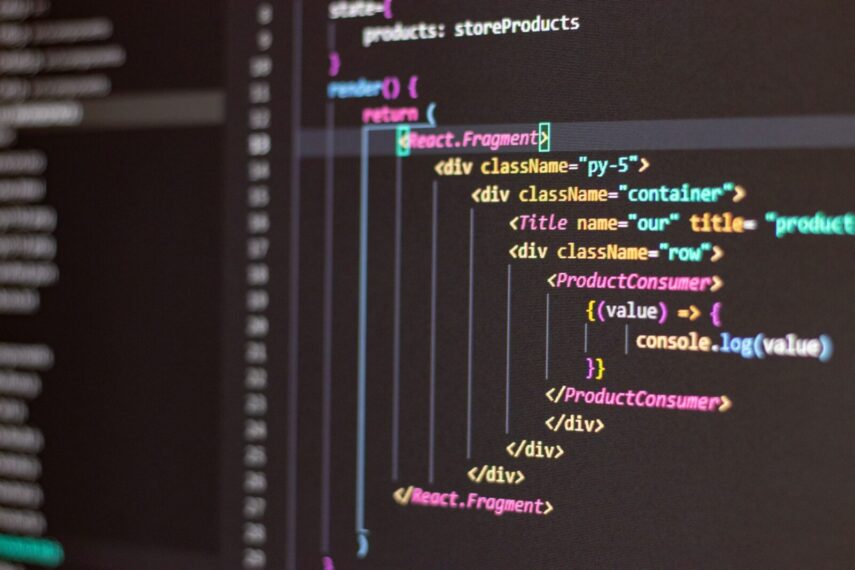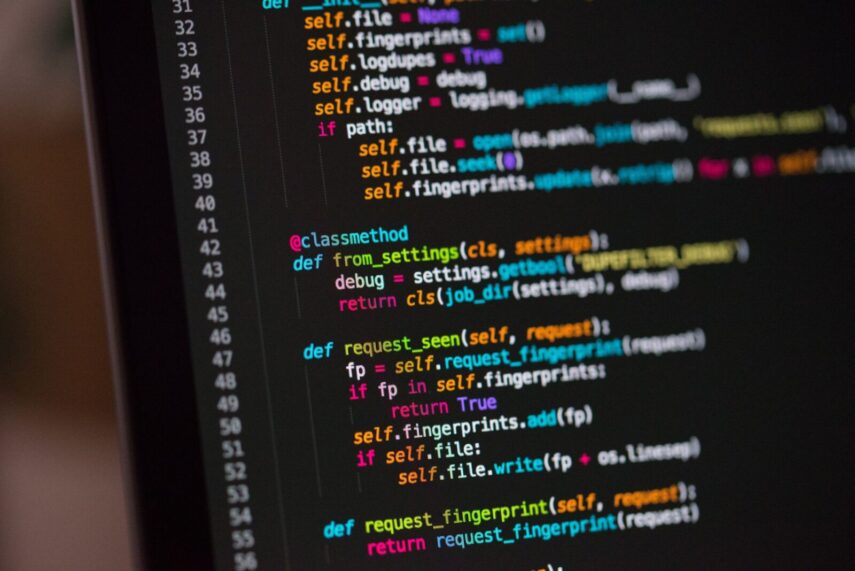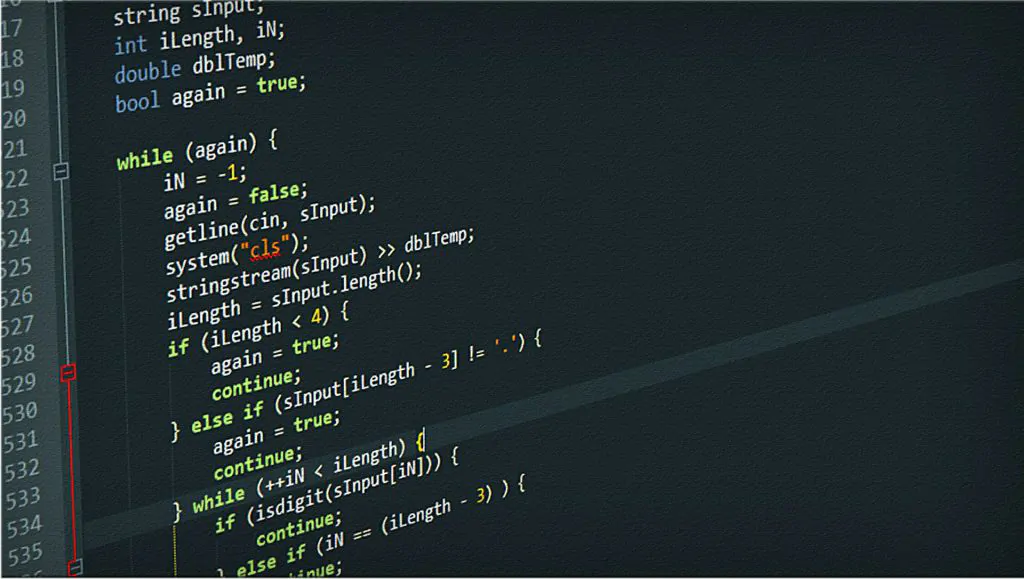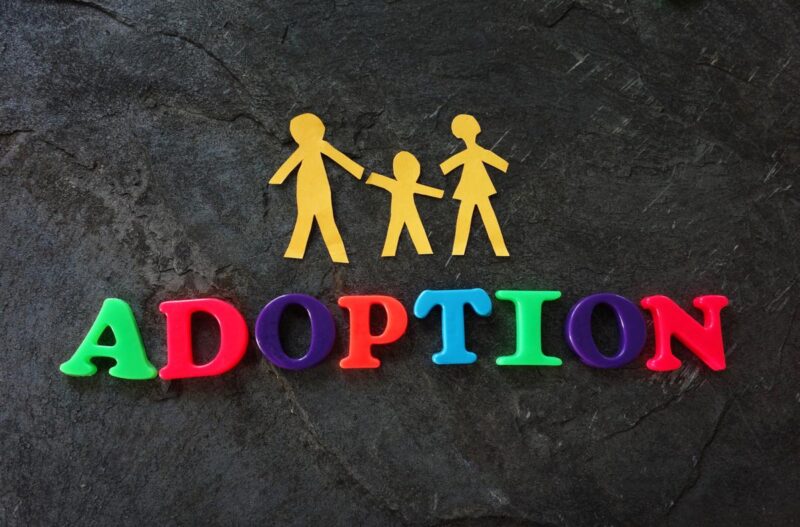At the heart of any communication system lies a clearly defined language. Without it, getting ideas across is impossible, and collaborating with various parties would be difficult.
Humans have languages like Greek, English, and Zulu, and computers are no different. For instance, a mutual grasp of English allows people from various parts of the world to collaborate efficiently. Likewise, to achieve specific results, one must be able to communicate with a computer in the right language.
As computers and other related technologies have evolved, so have computer programming languages. With each amplified feature in a computer system comes a new programming language with instructions to carry out equally amplified actions.
In this article, we’ll explain what computer programming really means in layperson’s terms. For additional context, we’ll highlight the 5 top programming languages. Let’s get right into it!
The Language of Machines

To begin with, let’s make something clear – it is an error to assume that computers can be taught to understand programming languages. Rather, computers are programmed to understand the language. So, instead of directly understanding the language, the computer parses the language and follows the instructions outlined in the code.
So, what exactly is a programming language?
A programming language is a set of codes that specialists use to create software programs, scripts, and other instructions for the computer systems to execute. There are various kinds of languages, all belonging to various categories. After learning the rules, structure, and language syntax, the programmer writes the source code in a text editor. The next step is to compile the code into machine-readable language.
A category of language known as scripting doesn’t require compilers. Rather, it uses interpreters to execute scripts. Let’s take a closer look at some categories of programming languages:
Low-level languages
Low-level languages are machine-dependent and can run without the need for an interpreter or compiler. As a result, they can be run quickly.
Machine languages are a type of low-level language. Also known as object or machine codes, they’re in binary (0s and 1s) or hexadecimal (base 16) form. Another type of low-level language is assembly language. They are fast and use assemblers for conversion to machine language. Both assembly and machine languages require little memory and execute programs very quickly.
Mid-level languages
These languages are at the intermediate level. They’re user-friendly, fairly fast, and support several high-level programming features. Examples of mid-level languages are closely related to human and machine language, including C and C++.
High-level language
Many of the most popular programming languages today are high-level languages. They’re used in developing user-friendly and intuitive websites and software programs.
In addition, they require interpreters or compilers to translate programs into machine-readable language. Examples of high-level languages include FORTRAN, COBOL, JavaScript, Python, PHP, and C#.
Top 5 Programming Languages
Having examined the various categories of programming languages, let’s look at 5 of the industry’s most popular, in-demand languages.
1. JavaScript

JavaScript is a required programming language for game and web development and for building web servers and mobile apps.
It is used to make web pages interactive. As such, it manages web page behavior. Using JavaScript, developers can create dynamic web features like interactive maps, clickable buttons, animated graphics, and popup ads. Along with HTML (markup language) and CSS (styling language), JavaScript is one of the core programming languages in front-end website development.
Major web browsers like Firefox, Edge, and Chrome use JavaScript. It’s important to note that it is one of the easy languages to learn. As it’s so popular, it has a strong community and following online, and you can easily access several resources for learning support.
2. Java

Java is one of the very first programming languages developed by Sun Microsystems in 1995. Today, it’s owned and developed by tech giants Oracle. It’s a secure, simple, reliable, and platform-independent high-level programming language.
Its primary users are in web and desktop app development in retail, finance, information technology, big data, and research niches. Java is quite easy to compile, learn, debug and write compared to other languages. Its cross-platform functionality is also a plus, while its multitasking efficiency is second to none.
3. Python

Several websites use Python in programming their server backends. For instance, online gambling platforms such as topaustraliangambling.com, streaming networks, and cloud storage services all use Python in their operations.
Python is the programming language of choice in app development, data science, and backend development. It’s a general-purpose tool that allows developers to use various programming styles to create programs.
It’s also one of the easy-to-learn programming languages and has an extensive library that supports several basic tasks and commands. Additionally, the language has an interactive framework that allows programmers to test the code on the go, making it one of the easiest languages to work with.
4. C#

Otherwise known as C sharp, C# is popular in game development, virtual reality, web, and desktop development. It is an object-oriented programming language. C# was launched in 2024 by software giant Microsoft and instantly gained popularity as an upgrade to the C++ language.
C# is a general-purpose programming language and one of the industry’s most in-demand languages. It has a large online community that supports learners and is one of the easiest languages to learn compared to C++ and Malbolge.
5. PHP

PHP was created in 1990 and has since become one of the essential languages in website development. Popular platforms like Yahoo and Facebook are built using PHP.
Individuals who prefer digital gambling to traditional forms will quickly realize that many of their favorite online platforms are built using PHP. Also, many Content Management Systems (CMS) like Joomla and WordPress are heavily based on PHP, hence its popularity today.
PHP is mostly used in writing server-side scripts. However, it can also be used for other purposes like developing desktop applications and writing command-line scripts. Like Python and Java, it has an extensive, supportive online community.
Conclusion
Programming languages take time to master, and developers are often required to learn several languages. The five programming languages highlighted in this article are in high demand, and anyone looking to get into a career in tech should start with them.
Cheers!
Related Posts:
- Top 5 Books About Computer Games - 2024 Guide
- House Moves 101: How To Find Reliable Movers Online…
- Betting 101: All You Need to Know About Handicapping…
- Betting Company Selection 101: Ensuring Your Money…
- Spray Mops 101 ─ A Comprehensive Guide to Effortless…
- 10 Best Keyboards For Programming 2024 - Top Picks…







